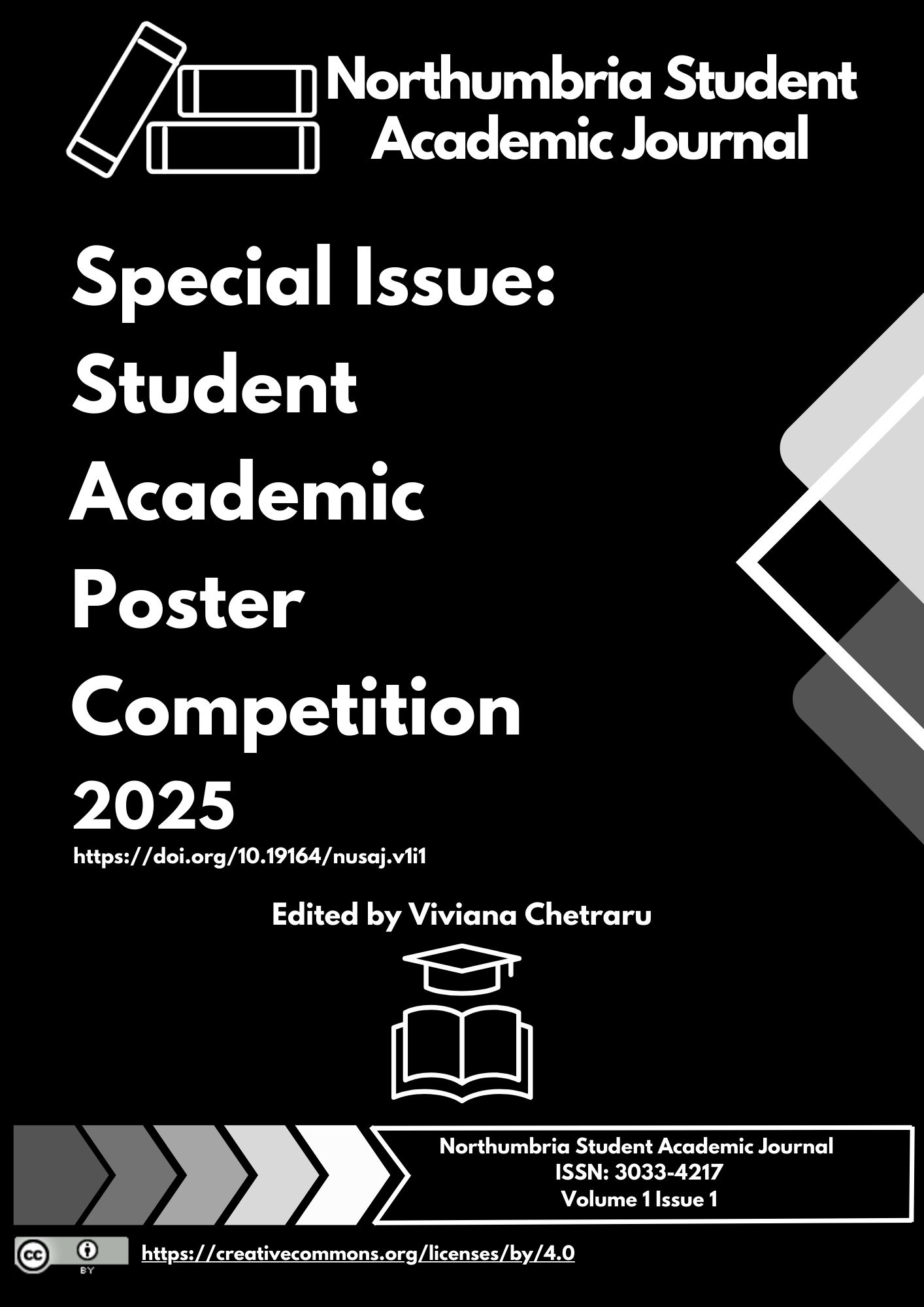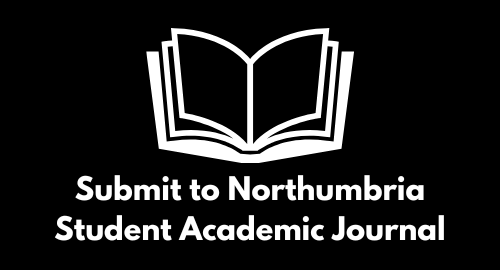"The Big Seven": The Romantic "Peasant Poet"
DOI:
https://doi.org/10.19164/nusaj.v1i1.1669Keywords:
romanticism, ecocriticism, environment, environmental writing, poetryAbstract
It would be reasonable to suggest that John Clare has perhaps not attained rightful pride of place alongside his predecessors and contemporaries on the pantheon of Romantic poetry, despite being described as the English equivalent to Robert Burns, and by his biographer Jonathan Bate as the greatest labouring-class poet that the country has ever produced. This academic poster is a complement to the paper ‘A case for the ‘Big Seven’? The “intrinsic merit” of John Clare’s “showing and telling” in Poems Descriptive of a Rural Life and Scenery’. The paper itself is a critical re-introduction to Clare’s first published collection of poetry. Through highlighting specific examples from this first anthology, which was published in 1820 by John Taylor, it explores the inherent literary value of Clare’s verse, notwithstanding the Helpstone-born poet’s extraordinary background and remarkable life story. Moreover, it emphasises the symbolic significance and enduring relevance of Clare’s work for a modern readership and in a contemporary global context. This poster, meanwhile, summarises why it is that John Clare matters in a world which, unfortunately, remains blighted by crippling poverty, a precarious environmental situation, widespread language endangerment through dialect levelling and marginalisation of minority cultures, alongside multiple mental health crises.
Downloads
Published
How to Cite
Issue
Section
License
Copyright (c) 2025 Navi Mondair

This work is licensed under a Creative Commons Attribution 4.0 International License.





